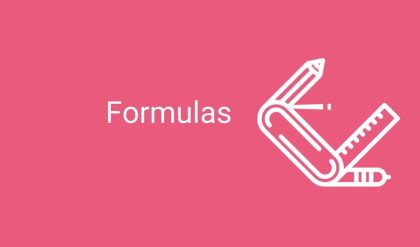The law of variable proportions has following three different phases −
- Returns to a Factor
- Returns to a Scale
- Isoquants
In this section, we will learn more on each of them.
Returns to a Factor
Increasing Returns to a Factor
Increasing returns to a factor refers to the situation in which total output tends to increase at an increasing rate when more of variable factor is mixed with the fixed factor of production. In such a case, marginal product of the variable factor must be increasing. Inversely, marginal price of production must be diminishing.
Constant Returns to a Factor
Constant returns to a factor refers to the stage when increasing the application of the variable factor does not result in increasing the marginal product of the factor – rather, marginal product of the factor tends to stabilize. Accordingly, total output increases only at a constant rate.
Diminishing Returns to a Factor
Diminishing returns to a factor refers to a situation in which the total output tends to increase at a diminishing rate when more of the variable factor is combined with the fixed factor of production. In such a situation, marginal product of the variable must be diminishing. Inversely the marginal cost of production must be increasing.
Returns to a Scale
If all inputs are changed simultaneously or proportionately, then the concept of returns to scale has to be used to understand the behavior of output. The behavior of output is studied when all the factors of production are changed in the same direction and proportion. Returns to scale are classified as follows −
· Increasing returns to scale − If output increases more than proportionate to the increase in all inputs.
· Constant returns to scale − If all inputs are increased by some proportion, output will also increase by the same proportion.
· Decreasing returns to scale − If increase in output is less than proportionate to the increase in all inputs.
For example − If all factors of production are doubled and output increases by more than two times, then the situation is of increasing returns to scale. On the other hand, if output does not double even after a 100 per cent increase in input factors, we have diminishing returns to scale.
The general production function is Q = F (L, K)






Comments are closed.